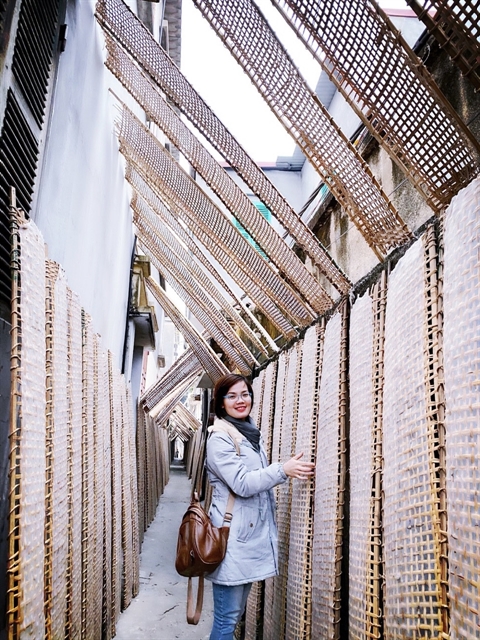 Life & Style
Life & Style

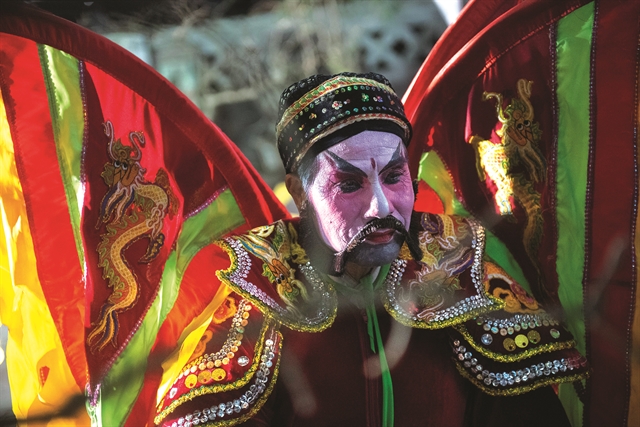 |
| BOUQUET OF COLOURS: A lively and engaging artistic scene unfolds on stage through the balanced interplay of colours, fashion, and adornments. |
Bảo Long
In the heart of Bắc Giang Province, nestled along the gentle flow of the Cầu River, lies the age-old village of Thổ Hà – a place where tradition breathes through the bamboo lattice of ancient houses and resonates in the echoing chants of tuồng, Việt Nam’s classical operatic theatre.
Tuồng is not merely an art form; it is an essential thread in the community’s cultural fabric in this village.
“No festival is complete without tuồng,” locals say, and nowhere is that truth more deeply felt than in the annual performance of Chiêu Quân Cống Hồ.
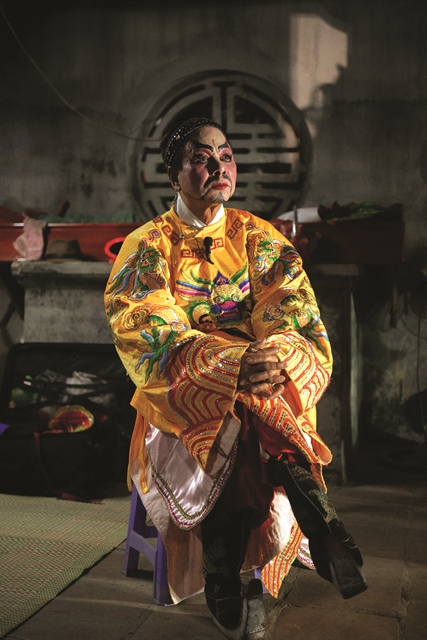 |
| IN THE MOMENT: An artist has to totally blend in with the character, live completely in the character's world, and forget about themselves to tell the story and feelings in a very real way. VNS Photos Bảo Long |
This photo essay captures the visual poetry of that experience — a vivid narrative of devotion, craftsmanship, and artistry. Through a sequence of striking images, the viewer is taken on a journey behind the scenes, into the intimate spaces of Thổ Hà’s tuồng troupe as they prepare for the grand performance.
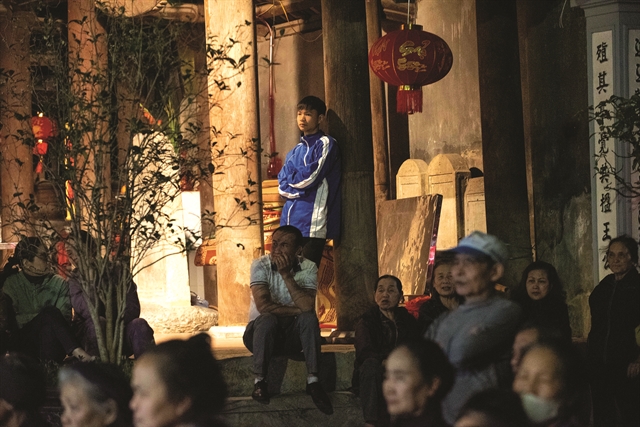 |
| LOOKING ON: Generations converge upon the communal yard of Thổ Hà Village, sharing in the 'tuồng' performance, a custom deeply rooted in their history. |
From the meticulous brushing of makeup and careful donning of costumes, to the shared glances of camaraderie and nervous anticipation, each frame reveals the quiet rituals that uphold this centuries-old tradition.
 |
| TOGETHERNESS: A strong sense of unity in the performing group creates a cooperative and helpful work atmosphere. |
Once the curtain rises, the energy shifts. The stage becomes a living canvas of sound, movement, and colour. The tale of Vương Chiêu Quân — a legendary beauty sent to marry a foreign ruler in the name of peace — unfolds with dramatic flourishes, precise gestures, and haunting melodies. Every performance is a masterclass in discipline, emotion, and storytelling passed down through generations.
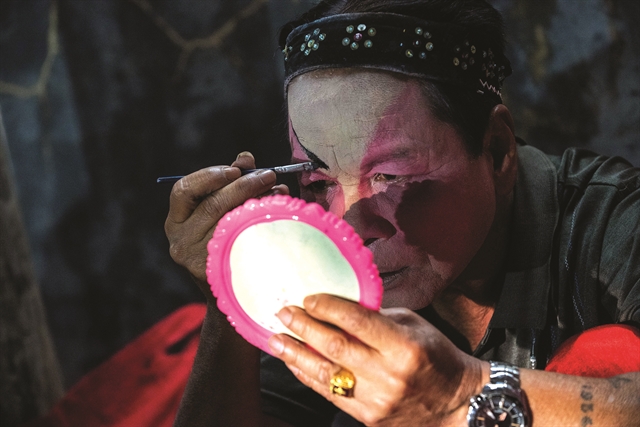 |
| POIGNANT: The performance of 'Chiêu Quân Cống Hồ' features a scene depicting the character Chiêu Quân's self-sacrifice. |
But behind the beauty lies a quiet anxiety: this tradition, so central to Thổ Hà’s identity, is slowly fading. The troupe, composed mostly of ageing performers, is facing the harsh reality of continuity.
With few young people willing or able to commit to the years of training required, the once vibrant pipeline of talent is thinning. The photographs, while celebratory, also speak of fragility — of an art form teetering between reverence and obscurity.
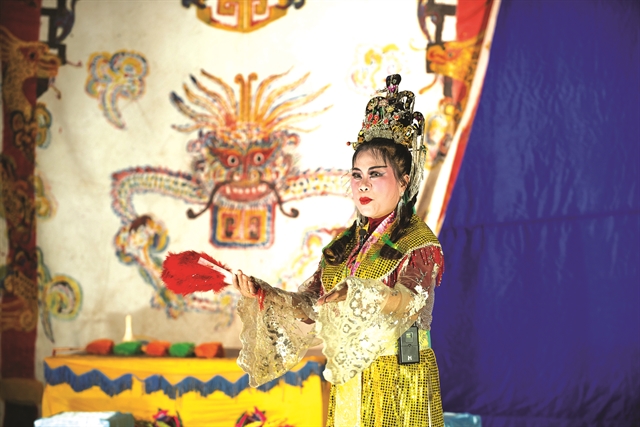 |
| POIGNANT: The performance of 'Chiêu Quân Cống Hồ' features a scene depicting the character Chiêu Quân's self-sacrifice. |
There is a profound sense of urgency threaded through this visual essay. Each image is both a tribute and a plea — honouring the resilience of the older generation while gently calling on society to recognise the value of what could be lost. In a time when modern entertainment often eclipses traditional forms, tuồng in Thổ Hà endures as a poignant reminder of Việt Nam’s rich cultural inheritance.
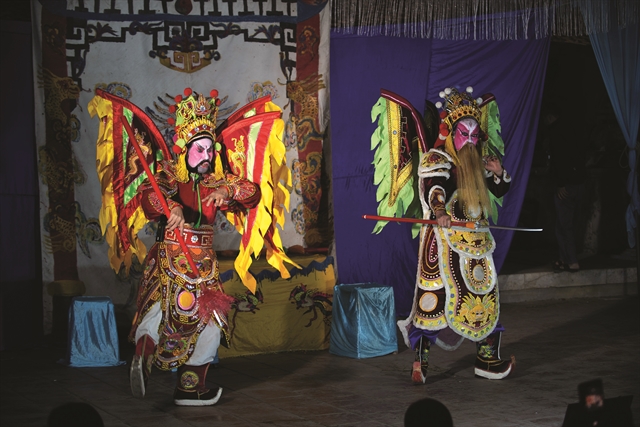 |
| IN TANDEM: Synchronisation and mutual confidence among performers are essential elements for a cohesive performance. |
Chiêu Quân Cống Hồ is more than a play. In Thổ Hà, it is a mirror of identity, a rhythm of community life, and a living archive of shared memory. This photo essay not only celebrates the artistry of tuồng, but also asks an important question: what will become of this legacy if the final curtain falls too soon? VNS
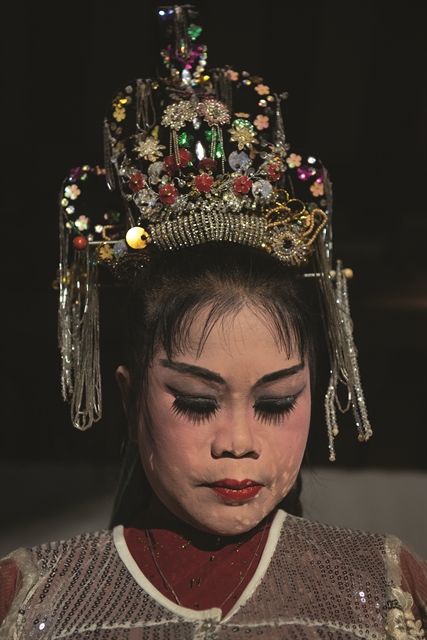 |
| BEJEWELLED: Exquisite and intricate ornaments, typically worn by noble and royal figures, convey a sense of grandeur. |